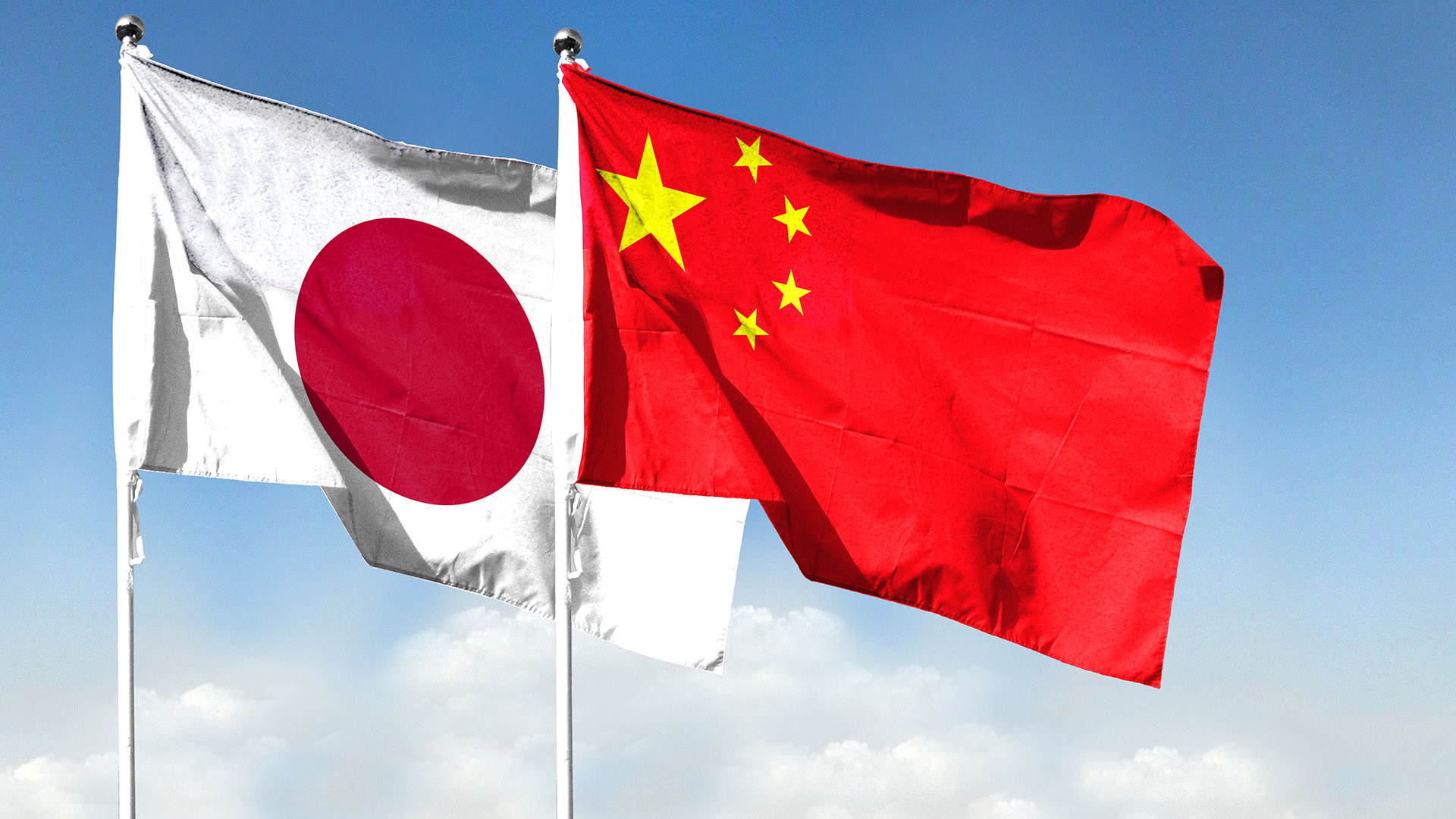Contrasting performances were seen in Asia’s two major stock markets: China and Japan.
China’s markets experienced their best single day of trading since late 2008, following the announcement of more than half a trillion in stimulus spending as the GFC shut down world economies. After all the stimulus news last week, it was the best week since the GFC, and buyers poured in on Monday, pushing the blue-chip CSI 300 index up by 8.4% for the day.
The Shanghai Composite also rose by 8% for the day, while the Hang Seng in Hong Kong slowed a touch in the final hour, finishing up 2.4% after peaking at 3%. This marked the ninth consecutive daily gain, its best performance since September 2008 and its highest point since August 2023.
With markets closing for the week-long National Holiday/Golden Week break, investors regained their confidence and bought heavily, anticipating a boom triggered by the stimulus measures. However, Western analysts and brokers suggest that more targeted consumer spending will be needed to reverse the slide toward stagnation and deflation.
In contrast, Japan’s Nikkei 225 index tumbled nearly 5% on Monday, and the yen weakened against the dollar as traders reacted to the results of the ruling Liberal Democratic Party election last Friday. Shigeru Ishiba emerged as the leader, defeating eight other candidates to become LDP leader and, consequently, Prime Minister.
The new Prime Minister takes office today and has called a snap poll for October 27 to establish legitimacy for his government and distance it from the scandals that beset the previous leader, Mr. Kishida. This means the Japanese market is likely to remain unsettled for the next three and a half weeks.
Adding to the turmoil was a significant drop in shares of leading department store chain Isetan, which fell nearly 11%, while industrial production slumped by a larger-than-expected 3.6% in August, compared to a decline of 0.4% in July.
A mixed reading emerged from China’s two sets of activity surveys for August. The official Purchasing Managers’ Index (PMI) reading for September came in at 49.8, better than the 49.5 expected by economists. However, this marked the fifth consecutive month of contraction for the manufacturing sector in China, while activity in the services sector slowed sharply to a reading of 50, indicating neither expansion nor contraction.
The Caixin PMI survey, a private assessment compiled by S&P Global, reported that the manufacturing PMI fell to 49.3 from 50.4 in September, lower than the 50.5 expected by economists, marking the fastest decline in manufacturing in 14 months.














